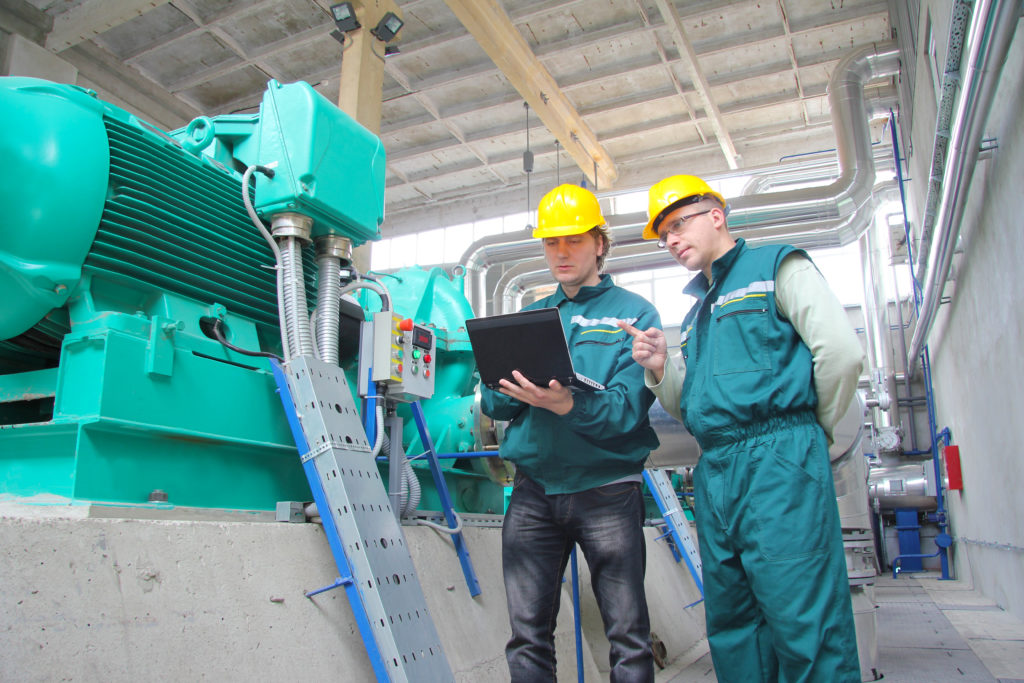
The energy industry is one of the hottest current sectors and it’s booming with lots of potential for innovation. Climate change and the need for sustainable energy resources provide unique opportunities for startups to develop sustainable solutions. At the same time, this sector involves a high level of risk since hardware development is expensive. Engineering simulation is an excellent way to test ideas in a low-cost, virtual environment.
It is often cost prohibitive to design and implement renewable energy solutions, like wind and solar. Ideally, it’s best to test the solution with engineering simulation software and gauge real-world feasibility. Instead of building several expensive physical prototypes, startups can virtually test all iterations before selecting the best solution.
If you’re wondering how engineering software can help your energy startup, take a look at the areas below that benefit from simulation:
-
Coal production:
Global power generation depends largely on thermal power generation. Thus, it is crucial to utilize thermal power as efficiently as possible, avoid unwanted losses, and reduce coal consumption. This in turn would also reduce greenhouse gas emission and pollutants.
Simulation of thermal power plant systems can help startups working to solve this problem by improving plant efficiency and saving both time and money.
Simulation helps identify the best conditions for thermal power plant operation by increasing power capacity and preventing resource waste. A computer based model of coal-fired power plants is used, which is developed using the principles of heat transfer, thermodynamics, and combustion chemistry.
-
Renewable energy resources:
As conventional energy sources such as coal are diminishing, the need for renewable energy resources is on the rise. The success of startups such as Tesla and SolarCity proves that when executed correctly, cleantech solutions do work. However, startups need to be innovative in their approach and use simulation to test their ideas before bringing them to the market instead of copying their competitors.
Simulation of a renewable energy system involves modelling of a wind and solar energy plant. It helps calculate energy flows in an hour, as well as wind and solar distributions across an area. It can also be used to optimize the amount of energy harnessed depending on ideal times and areas.
Another application of simulation involves the development of solar cells. Solar cells are built with different materials and in different structures to help harness maximum power while reducing costs. A simulator can help develop more efficient cells by testing light intensity, incidence angle, minimization of connection losses and variation of environmental temperature.
-
Pollution control:
As levels of pollution increase all over the world, the need for solutions that can reduce emissions is also increasing. Simulation helps engineers looking to solve this problem in myriad ways.
First, it helps them calculate beneficial traffic control strategies, as well as simulating traffic and air quality to determine the necessary strategy that should be implemented on the ground. As more and more simulations are conducted, simulation helps researchers come closer to real-world data and determine solutions accordingly.
Conclusion
The energy sector is ripe for innovation and for startups that want to lead the pack, and engineering software provides a direct path to success. If you’re looking for programs that support startups in the initial phases, take a look at the ANSYS startup program designed specifically for highly innovative startups.